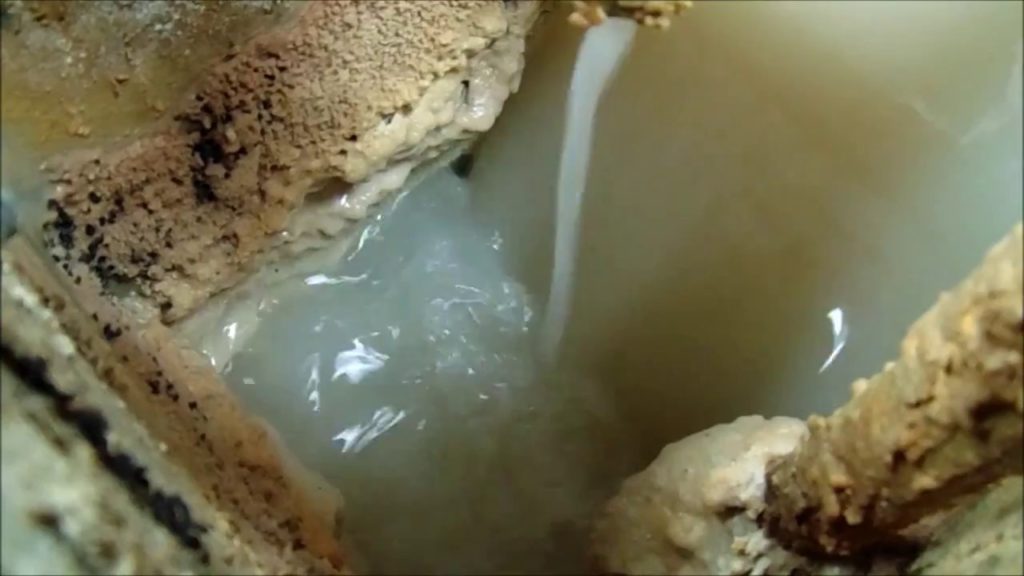dissolved air flotation
|
Dissolved air flotation (DAF) is a water treatment process that clarifies wastewaters (or other waters) by the removal of suspended matter such as oil or solids.
The removal is achieved by dissolving air in the water or wastewater under pressure and then releasing the air at atmospheric pressure in a flotation tank basin. The released air forms tiny bubbles which adhere to the suspended matter causing the suspended matter to float to the surface of the water where it may then be removed by a skimming device. |
A Primary coagulant is generally used to de-stabilize any colloidal material before the addition of a high molecular weight polymer.
The resulting sludge is then skimmed off the water’s surface and either goes for further de-watering or can be tankered away.
The resulting sludge is then skimmed off the water’s surface and either goes for further de-watering or can be tankered away.
Process Description for Dissolved Air Flotation
The feed water to the DAF float tank is often (but not always) dosed with a coagulant (such as ferric chloride or aluminium sulfate) to coagulate the colloidal particles and/or a flocculant to conglomerate the particles into bigger clusters.
A portion of the clarified effluent water leaving the DAF tank is pumped into a small pressure vessel (called the air drum) into which compressed air is also introduced.
This results in saturating the pressurized effluent water with air.
The air-saturated water stream is recycled to the front of the float tank and flows through a pressure reduction valve just as it enters the front of the float tank, which results in the air being released in the form of tiny bubbles.
Bubbles form at nucleation sites on the surface of the suspended particles, adhering to the particles. As more bubbles form, the lift from the bubbles eventually overcomes the force of gravity.
This causes the suspended matter to float to the surface where it forms a froth layer which is then removed by a skimmer.
The froth-free water exits the float tank as the clarified effluent from the DAF unit.
Some DAF unit designs utilize parallel plate packing material (e.g. lamellas) to provide more separation surface and therefore to enhance the separation efficiency of the unit.
The feed water to the DAF float tank is often (but not always) dosed with a coagulant (such as ferric chloride or aluminium sulfate) to coagulate the colloidal particles and/or a flocculant to conglomerate the particles into bigger clusters.
A portion of the clarified effluent water leaving the DAF tank is pumped into a small pressure vessel (called the air drum) into which compressed air is also introduced.
This results in saturating the pressurized effluent water with air.
The air-saturated water stream is recycled to the front of the float tank and flows through a pressure reduction valve just as it enters the front of the float tank, which results in the air being released in the form of tiny bubbles.
Bubbles form at nucleation sites on the surface of the suspended particles, adhering to the particles. As more bubbles form, the lift from the bubbles eventually overcomes the force of gravity.
This causes the suspended matter to float to the surface where it forms a froth layer which is then removed by a skimmer.
The froth-free water exits the float tank as the clarified effluent from the DAF unit.
Some DAF unit designs utilize parallel plate packing material (e.g. lamellas) to provide more separation surface and therefore to enhance the separation efficiency of the unit.




